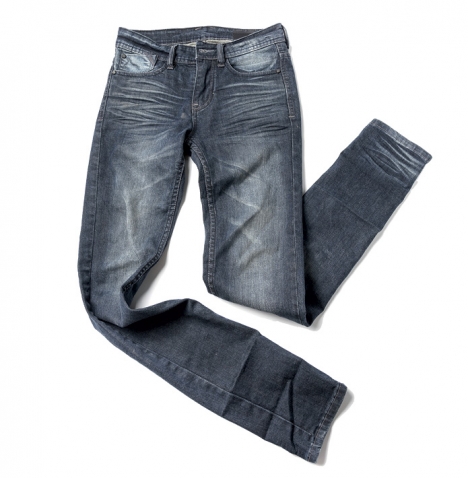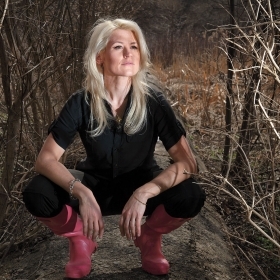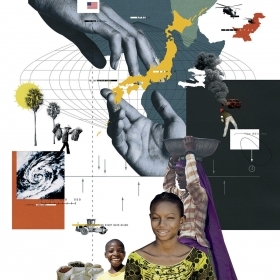Well, friends, it is clear that pants have legs.
We are now in our third issue of discussing whether students in the 1960s had to wear skirts to class, as a ’66 alumna said in our fall ’18 story, “1968: The Year Everything Changed.” Alumnae from the 1940s and ’50s took issue with our reporting, writing to say they could wear jeans to lectures. Besides, they told us, Mayling Soong Chiang 1917 (Madame Chiang Kai-Shek) visited campus in 1943 wearing pants, helping the case of those who wanted to ditch skirts. True, that. See the photo on our letters page—Wellesley President Mildred McAfee (skirt) and Madame (fur and slacks). We now have three more letters on the topic, including one from an alum who “put on the same pair of borrowed, baggy sweatpants almost every morning,” thanks to the Freshman 10.
Which goes to show that you never quite know what is going to capture someone’s attention. That’s true of readers, and to some extent, true of the editors of this magazine.
People have asked what happens to story ideas when they are submitted to Wellesley, so I want to talk about the process of assembling the magazine. The first thing to know is that it’s an art, not a science, and it involves a lot of juggling.
We’re published by the Wellesley College Alumnae Association, which has a mission to “support the institutional priorities of Wellesley College by connecting alumnae to the College and to each other.” That’s the magazine’s mission, too. Our readership is about 36,000 strong—alums ranging in age from 21 to 105, representing all walks of life, geographic locations, ethnic and racial groups, sexual orientations and gender identities, socioeconomic backgrounds, and worldviews. We’re charged with letting you know what’s happening at the College, but after that, we look for a rich mix of stories that help readers engage with one another’s lives and ideas. Highlighting diversity and promoting inclusivity are critical to us.
A lot of you send us story ideas. Thank you. We depend on your leads. But clearly, not all of them are going to get published, because we only print four issues a year. Take, for example, the alumnae profiles in every set of class notes. We have a list of several hundred alumnae who might be interesting to highlight, yet we only can feature 12 a year. There’s a lot to balance as we consider the diversity of topics/fields across a magazine and a year. If we profiled a poet in the last issue, we probably won’t do another writer for the rest of the year. We make our selections, but our subjects may or may not be available for an interview. So we regroup. An art, not a science.
We go through this process across all the sections—from features to books—balancing subjects, approaches, writing styles. And then there’s always material that, well, just plain captures our fancy (see above, pants). Senior Associate Editor Lisa Scanlon Mogolov ’99 first encountered microbiologist Anne Madden ’06 (“The Microbe Explorer”) on Twitter. How can you not look twice at someone who tweets, “In all honesty, I think I first fell in love with microbes because of their looks” and then illustrates that? Lisa spent a Sunday afternoon with Anne talking about her newly discovered beer-producing microbes and having a cold glass. The story took off from there.
After all the juggling, the swapping of stories, we end up with what we hope is a rich smorgasbord of Wellesley-related content, a little something for everyone. So dig in. If you eat too much, there’s always sweatpants.



